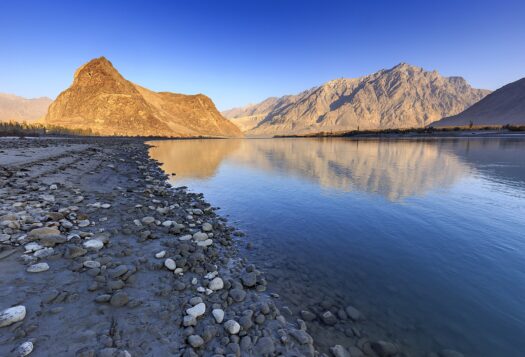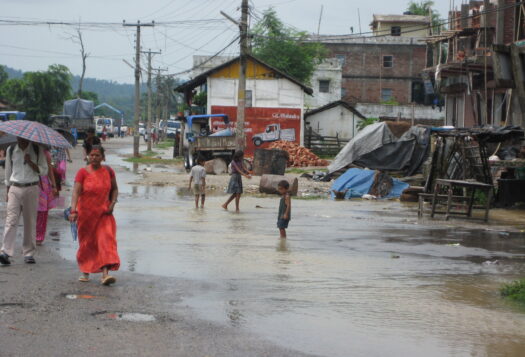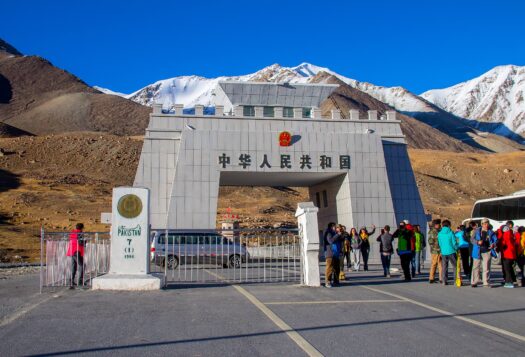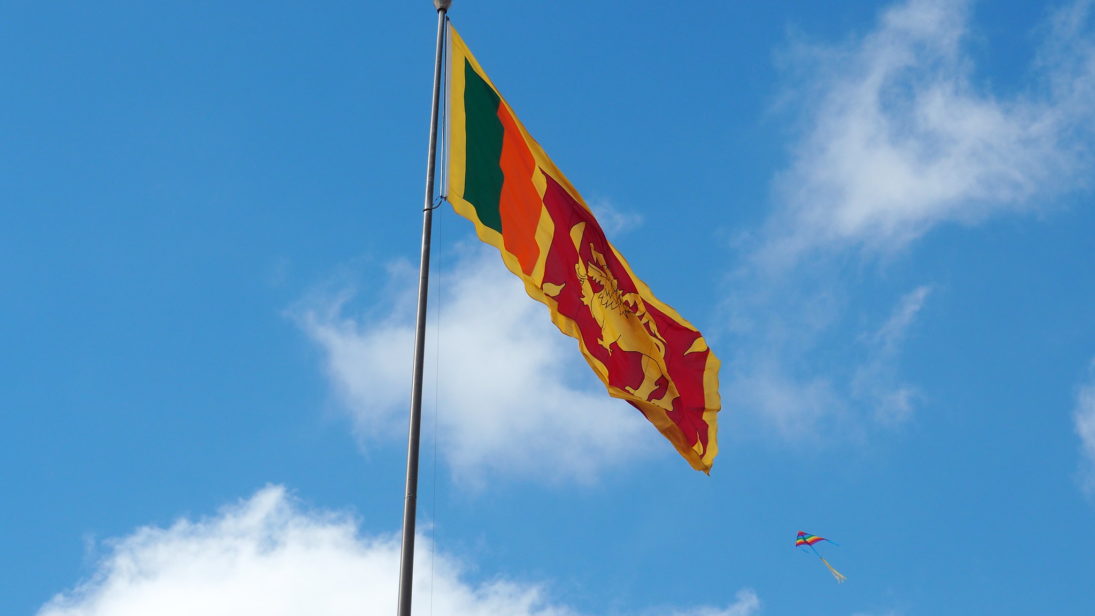
Following considerable instability during the two preceding years, highlighted by the October 2018 Constitutional Crisis and the 2019 Easter Sunday Terrorist Attacks, 2020 was expected to provide much needed political stability to Sri Lanka. Following President Gotabaya Rajapaksa’s decisive victory during the presidential election in November 2019, an equally clear victory was expected for his party during the parliamentary election in early 2020. The return to a single party government was expected to provide a contrast to the five years of a coalition government beset by power struggles from the outset. The political stability in-turn was anticipated to provide greater impetus towards reviving a halting economy as well. However, the COVID-19 pandemic disrupted all expectations. Over the year, the public health crisis has catalyzed a brewing economic crisis and revealed political and social fault lines that could come to a head over the next few years.
COVID-19 Response: A Tale of Two Waves
Sri Lanka’s initial response to the COVID-19 pandemic was globally lauded. A well-coordinated and effective public health response based on contact tracing and quarantine rules contained the spread, with no reported cases within the community for nearly two months in May and June. These successes enabled the country to hold its initially postponed parliamentary elections in August and fast-tracked a return to normalcy, compared to many other countries. At the end of September, Sri Lanka had just over 3,000 total cases (136 active cases) and three deaths.
However, the absence of widespread community testing during this period had made it difficult to make an accurate assessment and the country has struggled to manage the second wave of COVID-19 cases. Since October, Sri Lanka has reported more than 30,000 new cases and over 150 new COVID-19 related deaths. Although the government has insisted that the high number of cases during the second wave are all linked to two identified clusters, and therefore should not be categorized as community spread, there is growing skepticism regarding this claim. Due to the severe impact on the local economy, the government has thus far relied on lockdowns of specific areas in the country rather than institute a national lockdown while tackling the second wave. Some experts note that Sri Lanka’s rate of testing has remained consistently inadequate to appropriately contain the spread of COVID-19 in the country. The short-term challenge would be to manage the pandemic until a vaccine is widely available. Recent reports suggest that Sri Lanka is likely to receive 4.2 million doses of the vaccine under the WHO’s COVAX initiative to cover 20 percent of the population. However, these vaccines are likely to be available only in mid-2021.
COVID-19 and Domestic Politics
The year also ushered in significant changes to the political landscape, albeit featuring a familiar cast. The initial success in managing COVID-19 enhanced President Rajapaksa’s standing amongst the electorate and his party reaped its benefits as the Sri Lanka Podujana Peramuna (SLPP) rode a popular wave towards a comprehensive victory in August, securing a two-thirds majority. This two-thirds majority allowed the government to repeal the 19th Amendment to the constitution and pass the 20th Amendment. The new amendment reversed many of the checks on the executive presidency and has led to a concentration of power within the executive presidency instead, which its critics note, puts the country on a path towards authoritarianism.
Although the government insists that the high number of cases during the second wave are all linked to two identified clusters, and therefore should not be categorized as community spread, there is growing skepticism regarding this claim.
The election also highlighted a complete transformation of traditional party dynamics in the country. The SLPP and the Samagi Jana Balawegaya (SJB) – formed by splinter groups, replaced the United National Party (UNP) and the Sri Lanka Freedom Party (SLFP), the two dominant parties in post-independent Sri Lanka. The UNP, having secured only one seat in parliament, four months into the new parliamentary term, is yet to name its representative for the seat. Meanwhile, the SJB, the main opposition party in parliament, with only 54 seats in parliament is yet to clearly define its positions and carve its own ideological space on the political spectrum. Although the government has received some backlash over its handling of the second wave of the pandemic, this backlash is unlikely to lead to any major electoral shifts in the near future due to weaknesses amongst the opposition parties, but could potentially affect the magnitude of support the ruling party may receive during next year’s Provincial Council and other local government elections.
The government’s recent pandemic response policies, such as forced cremations following Covid-19 positive deaths, have also shed light on an increasing re-emergence of anti-Muslim politics in the country, that has grown since the Easter Sunday attacks. Furthermore, concerns have also heightened with regards to the growing influence of the military in the country’s administrative affairs.
Exposed Economic Weaknesses
Leading up to 2020, the country faced issues of debt repayment, a narrow fiscal space, and a sputtering economic growth rate. Unfortunately, the pandemic has exacerbated fundamental weaknesses in the economy placing its future in a more precarious position. In addition to lockdowns and the consequent disruption to domestic economic activity, two of Sri Lanka’s biggest export revenue-generating sectors have been badly affected as well. The tourism sector, which accounts for five percent of GDP, has come to a complete standstill since March while the apparel sector has seen a decline in demand by 25 percent. Due to a confluence of factors during the first nine months of 2020, the Sri Lankan economy has contracted by 5.3 percent. Due to the second wave of COVID-19 cases, Sri Lanka has failed to leverage its early-mover advantage from its initial success in dealing with the pandemic.
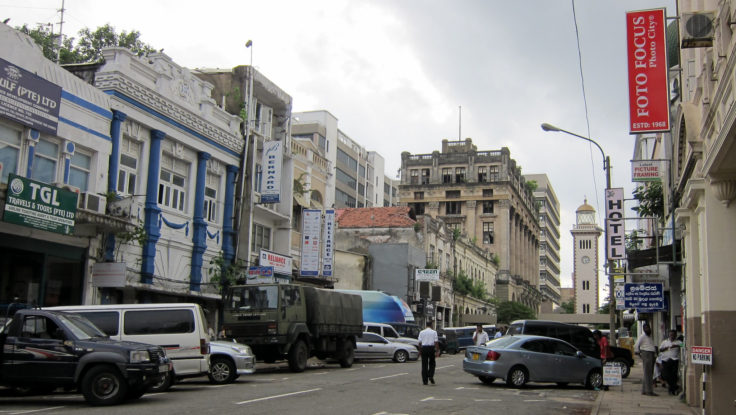
Government revenue has also fallen short of estimates at the start of the year, which has consequently increased the fiscal deficit and the necessity for further borrowings. Overall, Sri Lanka’s debt repayments account for approximately 66 percent of the government’s annual revenue; a worryingly high figure. The government’s recent budget proposals for 2021 remain optimistic about increasing its revenue and reducing the country’s debt burden. However, in the absence of any major revenue-generating policies or structural reforms, the mechanisms by which these targets can be achieved remains unclear. These concerns have led to major credit rating agencies such as S&P and Fitch downgrading Sri Lanka’s ratings recently to CCC+. Even though the government has strongly criticized and questioned these rating downgrades, rightly or wrongly the ratings continue to act as an important signaling function to international lenders. Thus, unless appropriately addressed, the downgrade will increase the country’s future cost of borrowing and could reduce foreign investor confidence in the economy as well.
Looking Ahead to 2021
COVID-19 and the economy are likely to dominate the narrative for the upcoming year in Sri Lanka. On the public health front, with a vaccine only likely to be available towards the second half of the year, effective mitigation and management strategies, such as increased testing and location-specific lockdowns, will have to be employed to slow down the spread. Failure to adequately deal with the pandemic will only continue to prolong consequent disruptions and lead to severe long-term economic implications.
Meanwhile, Joe Biden’s victory can benefit Sri Lanka’s economy as it would create a much more stable global economic environment but is likely to increase international focus on the country’s human rights record.
To address its severely challenging economic situation, the country seems increasingly destined towards approaching the IMF for some assistance to manage its short-term debt obligations. Alternatively, Sri Lanka could potentially approach the likes of China and India for some debt relief or debt restructuring. However, the magnitude of this relief may be limited since a major proportion of Sri Lanka’s foreign borrowings are from international capital markets rather than bilateral lenders. Such negotiations will have a direct impact on the country’s economy as well as its foreign policy.
On the foreign policy front, Sri Lanka will continue to face challenges in balancing its interests with regional superpowers China and India. The recent signing of the Regional Comprehensive Economic Partnership (RCEP), in which India has not participated, is likely to complicate this relationship further. Meanwhile, Joe Biden’s victory can benefit Sri Lanka’s economy as it would create a much more stable global economic environment but is likely to increase international focus on the country’s human rights record. Additionally, a resumption of the Iran Nuclear Deal would also help Sri Lanka, as Iran has historically been a major source of oil and a destination for its exports.
Conclusion
2020 has brought forth unprecedented challenges to Sri Lanka, especially on the public health and economic front. These challenges are, unfortunately, likely to continue into 2021 as well. While post-COVID-19 normalcy could be achieved within the next year with widespread access to an effective vaccine, the economy could face more long-lasting challenges. The ability to fulfill its debt repayments will underpin Sri Lanka’s economic future while it simultaneously attempts to facilitate a post-pandemic economic recovery within a narrow fiscal space. Therefore, while the government has gained significant political capital following its recent electoral victories, its long-term future could well be defined by how it responds to the public health and economic challenges next year.
The views expressed are solely those of the author and not of any organization with which he is affiliated.
Editor’s Note: SAV contributors from across the subcontinent recap the most significant political, economic, and strategic developments in South Asia in 2020 and analyze what opportunities and challenges lie ahead for each country in 2021. Read the full series here.
***
Image 1: Scott Edmunds via Flickr
Image 2: Indi Samarajiva via Flickr
